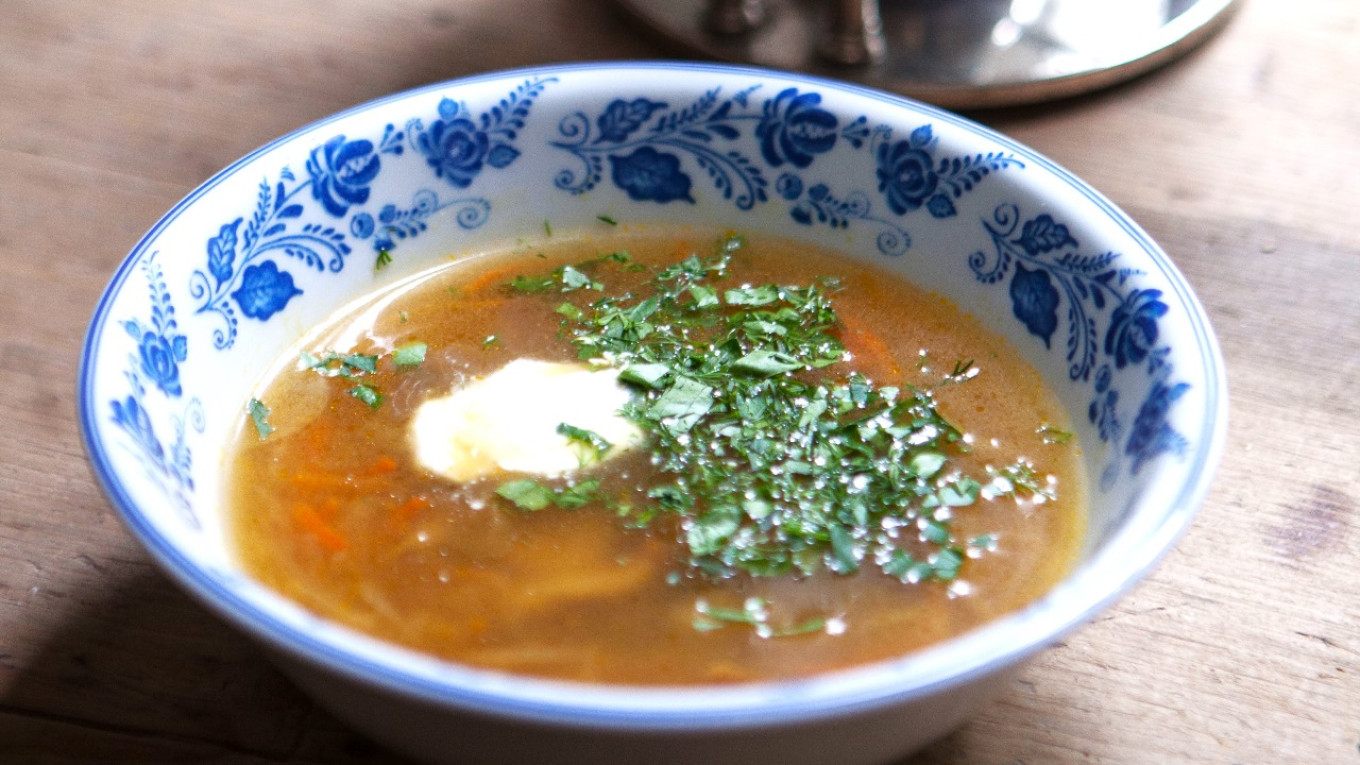Today Russian speakers probably don’t know the word “levashi,” but it has a very long history in Russian culinary traditions. This is a case when both the dish and even the word itself reveals the surprises and secrets of ancient cuisine — secrets long forgotten, but that might come in handy even today.
“Levashi” are mentioned in Domostroi (1550s): “…and lingonberry water and cherries in molasses, and raspberry fruit drink and all sorts of sweets, and levashniki for themselves and guests.”
When the famous historian of the 19th century Nikolai Kostomarov described ancient Russian cuisine, he mentioned them: “There was a traditional treat called levashi: it was made of raspberries, blueberries, currants, strawberries. Berries were first boiled, then rubbed through a sieve and then cooked again, this time with molasses (liquid honey), and stirred hard during cooking. Then this thick mixture was poured on a board and put in the sun or near the fire; when it dried up, it was rolled up into tubes”.
The result was a kind of fruit leather or thick marmalade — a sun-dried layer of puréed berries with various additions.
What does the word “levash” remind you of? Doesn’t it sound like the word “lavash”? Of course, Russia was thousands of kilometers away from the places where lavash was a traditional dish. But there was a great deal of culinary interaction in ancient times. And distances, as well as religion, state structures and climate, were no obstacle to the transfer of recipes and foods.
Lavash is a thin pancake of dough cooked on a hot surface. In ancient times it could be a bronze frying pan, the clay surface of the oven, or even just a hot stone. It was made just about the same way that levash was made: a thin layer of product on a hot surface. Could it be just an etymological coincidence?
In all likelihood — no. The Azerbaijani language still widely uses the word “lavashaná” that means “dried flatbread of jelly from sour fruits (plums, cherry plums, and so on).” For its preparation, fruits (or berries) are peeled and stoned, then the pulp is kneaded and boiled until a thick mass is obtained, which is spread in a thin layer on a board and dried.
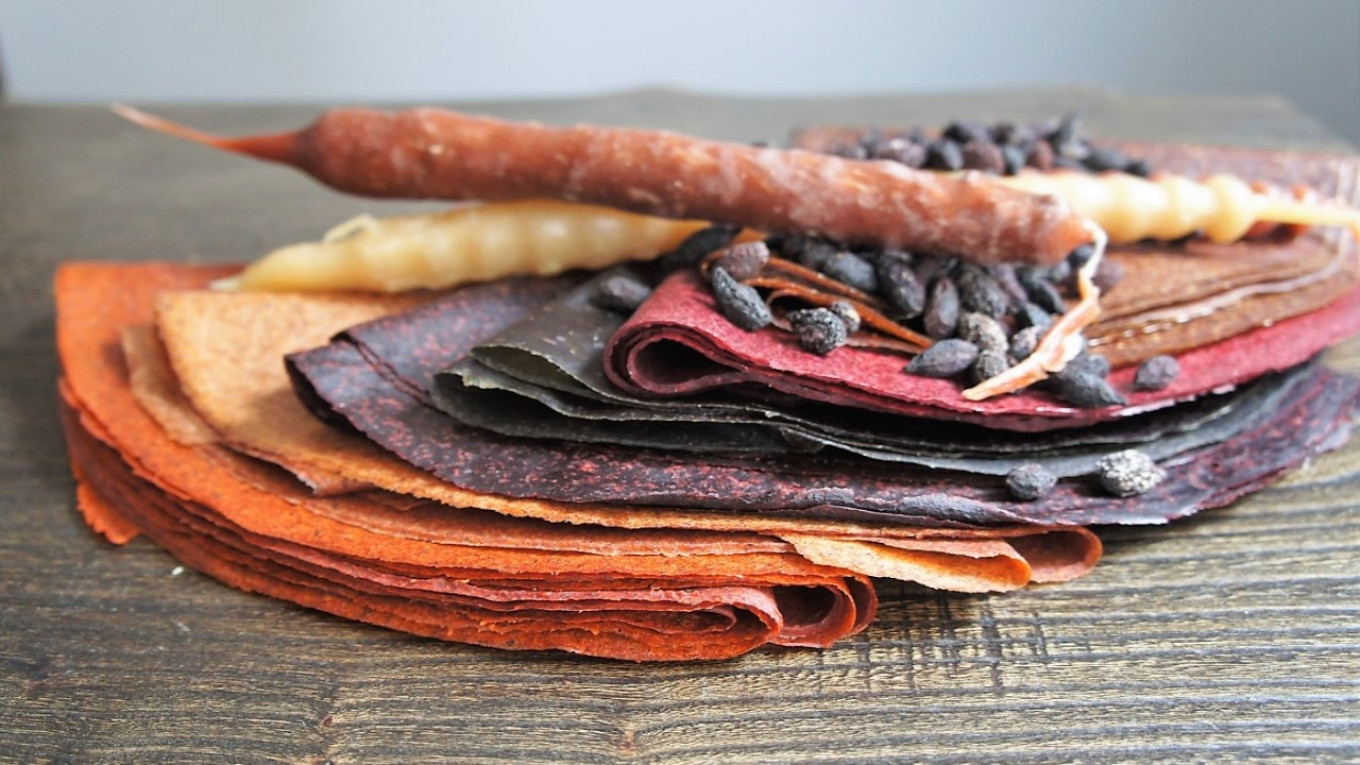
It’s just a short step from “lavashana” to “levash.” We really have very little idea of how food products and dishes were transferred from one place to another 1000-1500 years ago. It is difficult to understand today how the clearly older Asian “lavashaná” ended up in what is now Central Russia. We can guess, but it’s just that — a guess.
We often see the almost identical trends in the development of the culinary arts in many civilizations and among different national and ethnic groups. We can’t imagine how a dish got from one place to another, but we are able to judge how much a dish matched local trends and was either native or foreign to that time, place and culture.
There is good reason to talk about levash in the context of Russian culinary techniques. The ancient Russian sweet called pastila is its analog. It’s no wonder that pastila was called “preserves” in medieval Russian. How it is made is an ancient technique. There are indications that it was made as far back as the 14th century around the city of Kolomna, a small city near Moscow. The original version of pastila was of course made without eggs.
Much later, in the 18th century, the recipe changed. At that time pastila began to be made out of whipped apple purée with the addition of beaten egg whites, sugar, honey, berries (raspberries), nuts, or chocolate. It was crumbly and different colors.
Historical documents have been preserved that provide unique information about a factory and the technology of production of pastila in Kolomna. From them we learn that in 1903 the merchant Chuprikov had 15 people working for him, and the annual turnover was 30,000 rubles. It was in that year that Chuprikov was given the high honor of meeting Emperor Nicholas II at the station in Kolomna. According to a tradition dating back to the times of Catherine II, the tsar was served Kolomna pastila when they greeted him.
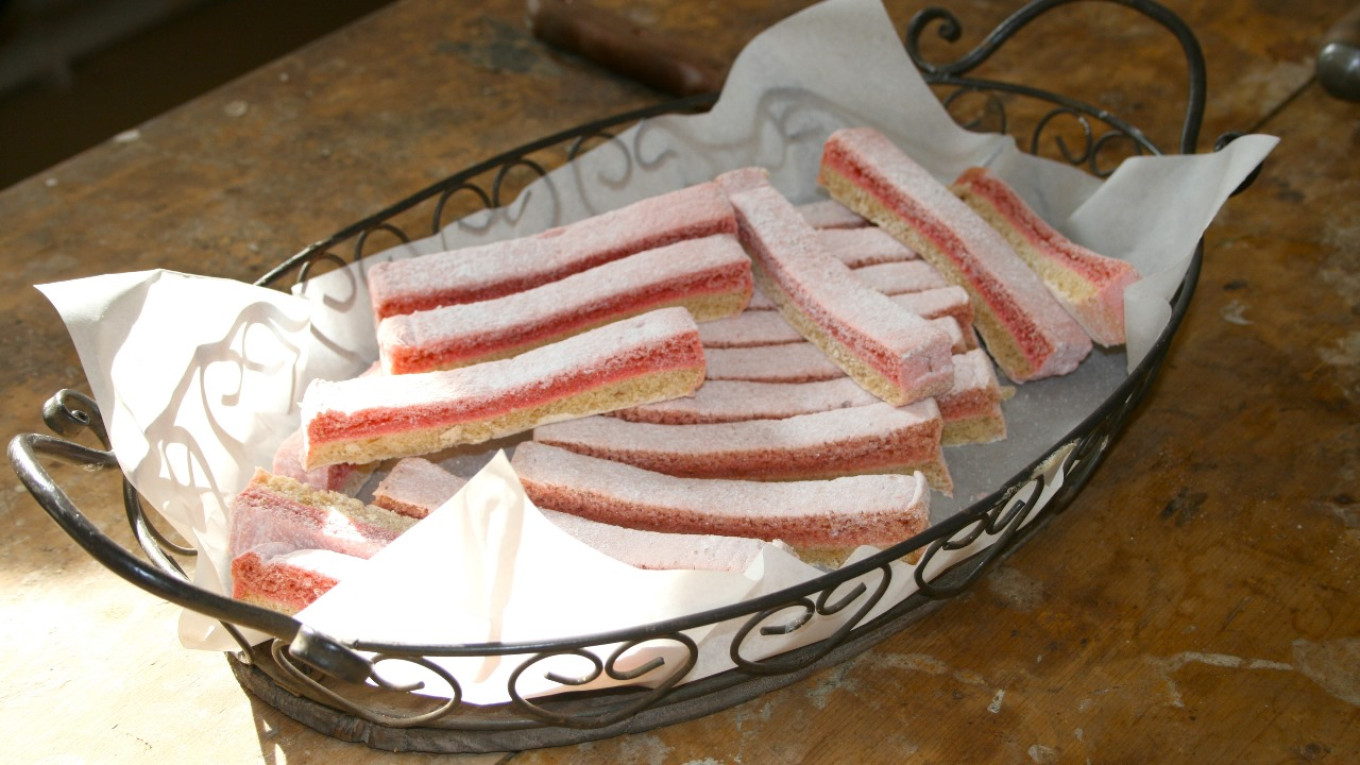
Pastila is a purely Russian confection for primarily one reason: it’s made from Antonov apples, which are not grown in Western Europe. Another ancient variety of apple called Skryzhapel was also good for making pastila. In the 18 th century the famous Russian scientist Andrei Bolotov noted the characteristic feature of Skryzhapel: “stone-like hardness.” In general, for pastila you need apple varieties that contain a large amount of natural gelling agents, or pectin.
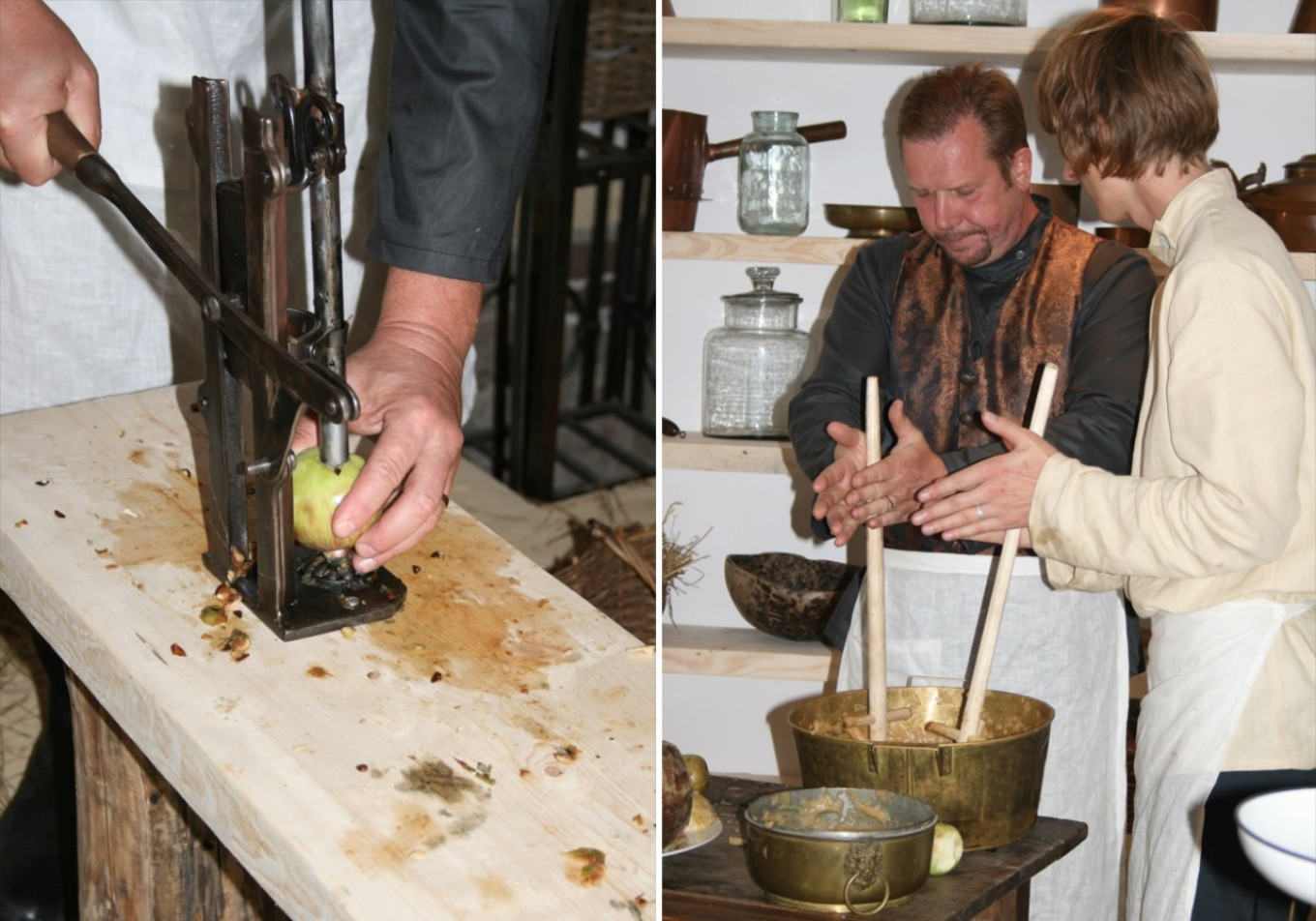
First the apples were boiled, then pounded and mixed with honey. Then this mixture was spread in a thin layer on a cloth stretched over wooden frames. It was dried in the open air, then layers of pastilla (apple and/or berry) were stacked on top of each other, and the entire “loaf” was placed in alder boxes and then in heated ovens to dry in gradually decreasing heat (with no fire).
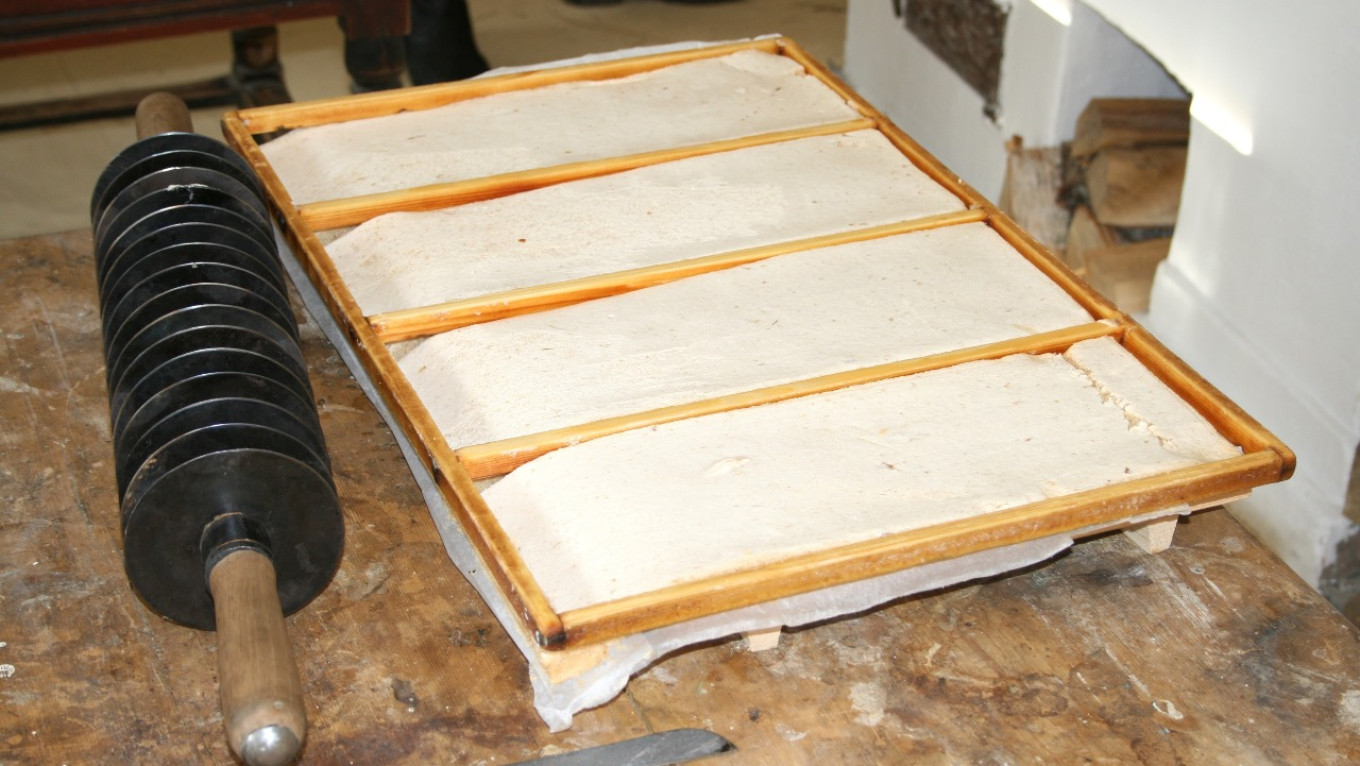
There were three main centers of pastila production in Russia. One was Kolomna, as noted above. Another was the city of Rzhev. As Prince Meshchersky wrote in the middle of the 19th century, the pastila produced there was “more aristocratic in nature.” “Rzhev apple pastilla made from three varieties of apples, valued from 10 to 40 rubles per pood (16.38 kilograms or 36.11 pounds), is made by four or five families. They make about 500-600 poods.”
The third town that produced pastila was Belev. It was here in the Tula province that mass production of this confection was begun in the late 19th century. It is believed that the local recipe was invented by merchant Amvrosy Prokhorov in 1888. A few years later Prokhorov’s apple pastilla, called Belevskaya, won the first medal at the St. Petersburg exhibition of horticulture. The merchant’s pastila was highly sought in many cities of Russia. Almost right up until the 1917 Revolution it was sold in large Russian cities and exported. Belevskaya pastila was even presented at the World Exhibition in Paris in 1900.
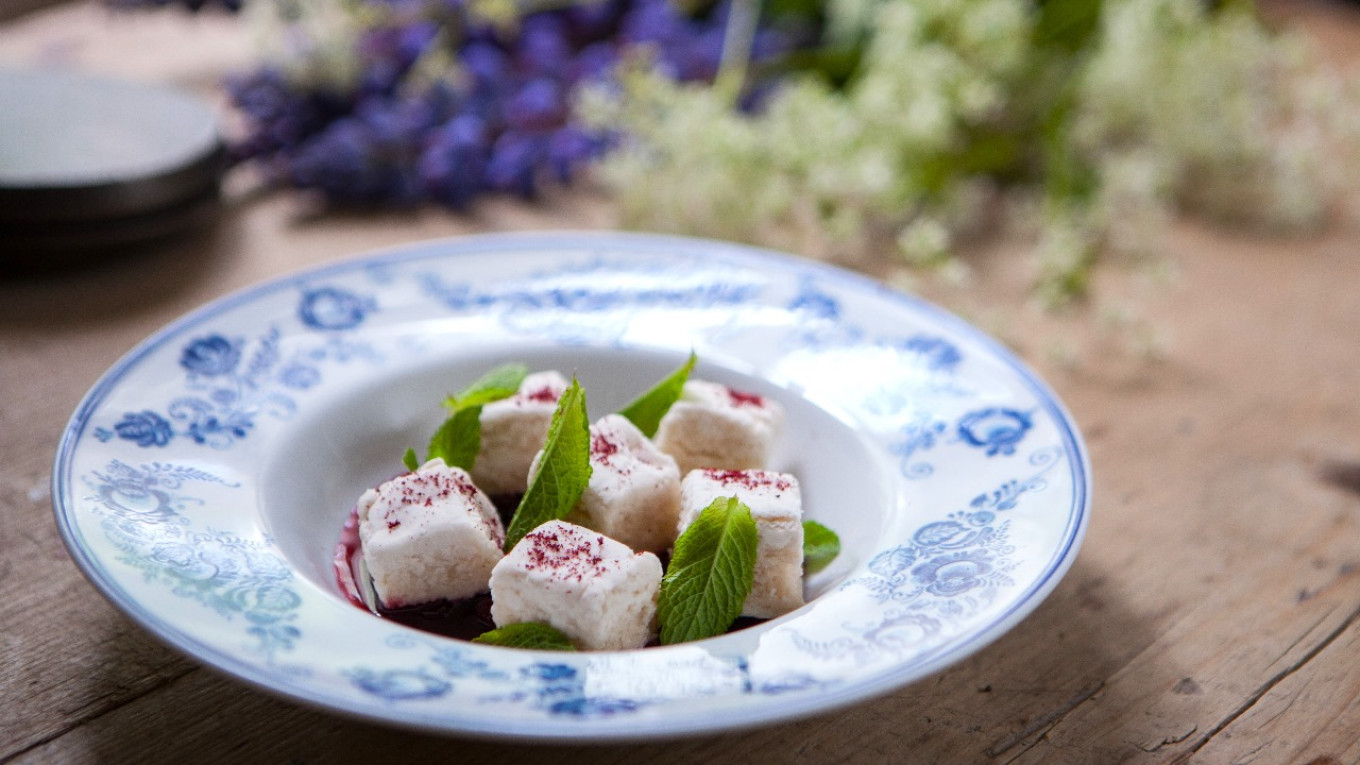
But let’s return to ancient pastila, which was not made with whipped egg whites.
It was not only a dessert, but also an ingredient in… soups. Kapustnyak is a type of ancient hearty soup. It is similar to today’s cabbage soup (shchi), but it is made with this rare Russian product — levash. As you’ve seen, levash could be put in pies. And if a batch was sour and tart from plums, it was often added to chowders and soups, including this kapustnyak.
Sauerkraut soup? Ordinary soup. What could be simpler?
But when one of the journalists tried our version of this soup, he wrote: “A close relative of cabbage soup (shchi) instantly turns from flat ancient Russian melancholy into a 3D mapping of berry time in a summer village.” It’s true — this sour-sweet flavor turns out to be quite unexpected in cabbage soup.
It is made with lamb broth, preferably brisket or shoulder.
Of course, you can’t buy ancient pastila (levash) today (especially abroad). But it can easily be replaced by ordinary plum jam.
Plummy Sour Cabbage Soup
For six servings
Ingredients
For the broth
- 600-800 g (1 1/3 to 1 2/3 lb) lamb (pieces from the shoulder and some brisket)
- 300-400 g (10-14 oz) onions
For the soup
- 400 g (14 oz) sauerkraut
- 100 g (3.5 oz) onions
- 80 g (3 oz) carrots
- 60 g (2 oz or ¼ c) clarified or regular butter
- 10 g (2 tsp) sugar
- 50 g (1/3 c) plum jam
- salt, pepper to taste
Instructions
- Cut the lamb into small pieces and put it in a saucepan.
- Cut the onion into small cubes and add to the meat.
- Cover the pot with a lid and braise over moderate heat for 25-30 minutes. The meat stews in its own juices with the onions, so there is no need to add any fat.
- Then pour in 2 liters (a generous quart) of water, bring to a boil, turn down the heat and simmer over very low heat until the meat is fully cooked — about an hour and a half. Add a little salt 30 minutes before the end of cooking (you need to take into account that the sauerkraut is already salted).
- Braise the sauerkraut in butter until soft — 30-40 minutes.
- Julienne the onions and carrots and sauté in butter until transparent.
- Add the cabbage, onions and carrots to the broth.
- Cook for 30 minutes.
- Add jam, sugar, salt and pepper to taste.
- Let the soup rest for 15 minutes.
